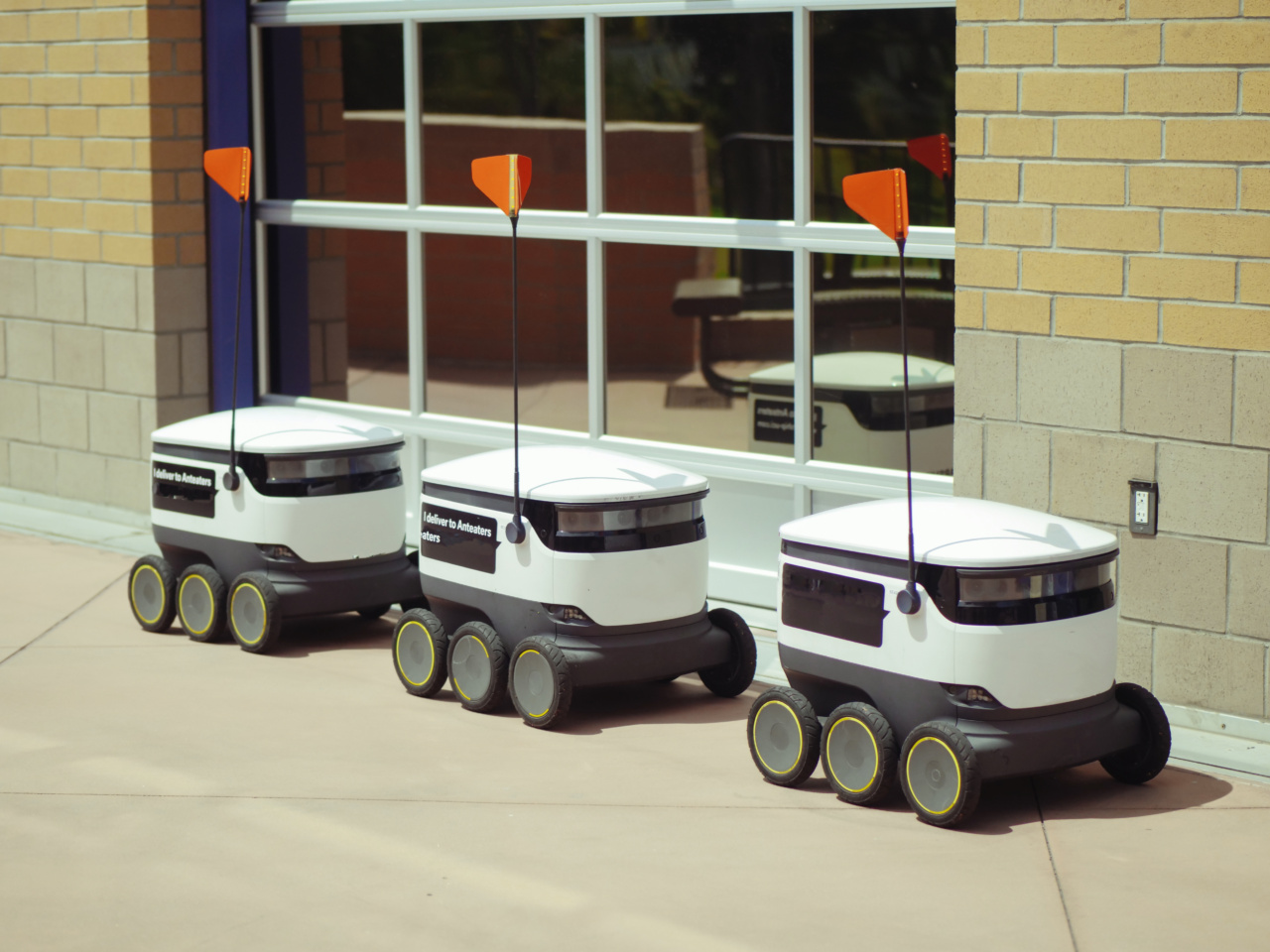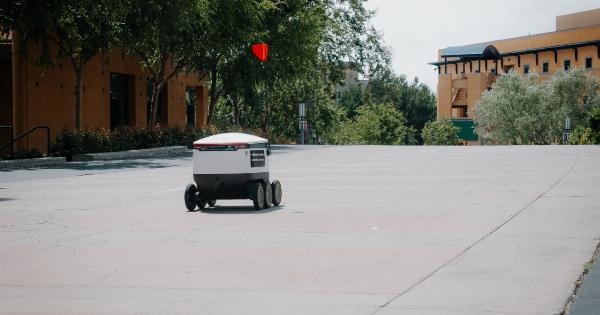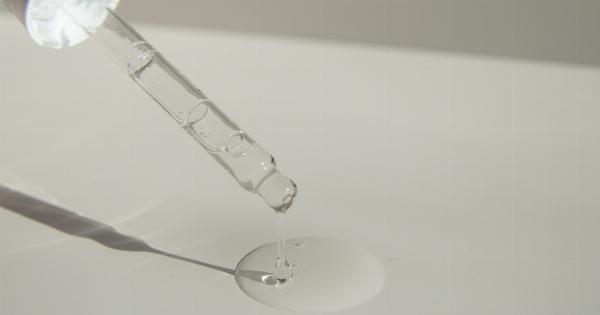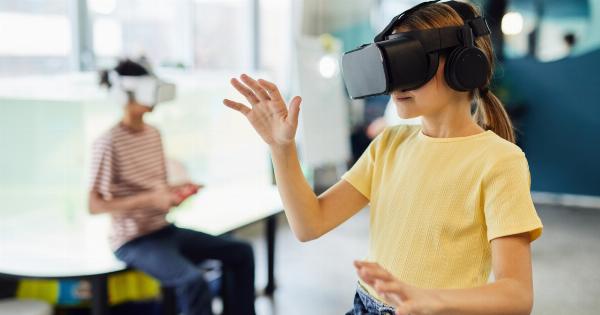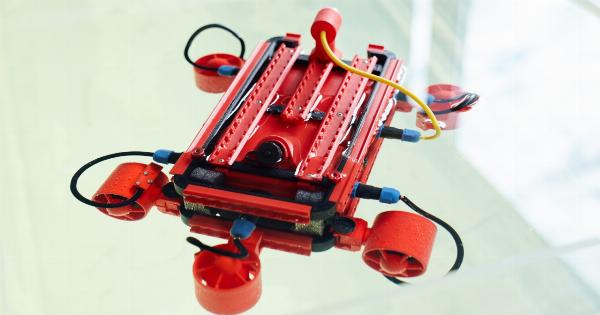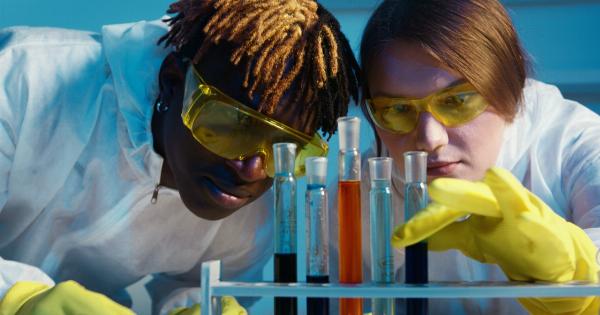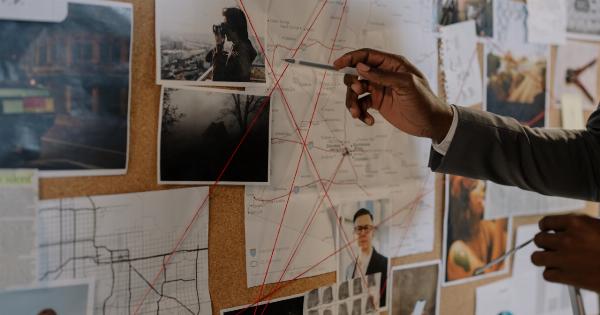Advancements in technology have revolutionized numerous industries, and now, the field of cardiac surgery is witnessing a groundbreaking innovation – the world’s first autonomous robot for cardiac surgery.
This remarkable development marks a significant milestone in the intersection of robotics and medical science, promising to transform the way cardiac surgeries are performed.
The Revolution of Autonomous Robotic Surgery
Robotic surgery, also known as robot-assisted surgery, has been steadily gaining traction in the medical field over the past two decades.
Utilizing robotic systems, surgeons can perform highly precise procedures with enhanced dexterity and control, minimizing the invasiveness of traditional surgical techniques. These robots are operated by highly skilled surgeons, carefully guiding the mechanical arms to perform complex procedures.
While robot-assisted surgery has played a crucial role in enhancing patient outcomes, it still relies on human intervention. Surgeons oversee the entire procedure, controlling the robot’s movements at all times.
However, recent advancements have led to the development of the world’s first autonomous robot for cardiac surgery, a groundbreaking solution that aims to take surgery to the next level.
Understanding the Autonomous Cardiac Surgery Robot
The autonomous cardiac surgery robot is equipped with state-of-the-art technology, including artificial intelligence (AI), machine learning, and computer vision capabilities.
These cutting-edge features enable the robot to perform surgeries independently, without the need for direct human intervention throughout the procedure.
The robot’s AI algorithms analyze patient-specific data, such as medical images, physiological parameters, and past surgical records, to create a comprehensive surgical plan.
With the ability to process vast amounts of information in real-time, the robot can adapt its techniques and make decisions during the surgery, ensuring optimal outcomes for the patient.
Promising Advantages of Autonomous Robotic Surgery
The introduction of the world’s first autonomous robot for cardiac surgery brings numerous advantages, revolutionizing the field and benefiting both patients and surgeons alike:.
1. Enhanced Precision and Surgical Outcomes
By eliminating the element of human error, autonomous robotic surgery ensures unparalleled precision during procedures.
The robot’s enhanced dexterity and ability to execute millimeter-precise movements greatly reduce the risk of complications, resulting in improved surgical outcomes for patients.
2. Minimally Invasive Procedures
Autonomous robotic surgery enables surgeons to perform surgeries through smaller incisions, minimizing trauma to the patient’s body.
This leads to reduced pain, faster recovery, and shorter hospital stays, ultimately improving the overall patient experience.
3. Increased Access to Expertise
With the autonomous robot’s ability to perform surgeries independently, patients in remote areas can benefit from the expertise of renowned surgeons located in urban centers.
This can help bridge the gap between specialized medical services and patients in underserved regions.
4. Surgeon Assistance and Training
Autonomous robotic systems can provide assistance to surgeons during complex procedures, acting as a valuable co-surgeon. This collaboration allows surgeons to benefit from the robot’s expertise and expand their own skills in the process.
5. Reduced Fatigue and Stress for Surgeons
Performing surgeries can be physically and mentally demanding for surgeons, leading to fatigue and increased stress levels.
With the autonomous robot taking on a more active role, surgeons can work alongside the robot, reducing their workload and enhancing their overall well-being.
Challenges and Ethical Considerations
As with any ground-breaking development, there are also challenges and ethical considerations surrounding the use of autonomous robots in cardiac surgery.
It is crucial to address these issues to ensure the safe and ethical implementation of this technology, prioritizing patient safety and well-being.
One major challenge lies in building trust and acceptance amongst surgeons and the wider medical community.
Convincing skilled and experienced surgeons to relinquish control to an autonomous system requires a thorough demonstration of the robot’s capabilities and a commitment to ongoing training and support.
Ethical considerations include issues such as liability in case of malfunctions or adverse events, the importance of informed consent, and ensuring that the use of autonomous robots does not compromise the quality of care or reduce human interaction and empathy in healthcare settings.
The Future of Autonomous Cardiac Surgery
The introduction of the world’s first autonomous robot for cardiac surgery represents a significant breakthrough in the field of surgery. As technology continues to advance, the possibilities for autonomous robotic surgery are vast.
With further refinement, autonomous robots could eventually become the primary surgeons, working alongside human surgical teams to deliver the best possible patient outcomes.
As AI and machine learning algorithms improve, the robot’s decision-making capabilities will become even more advanced, ensuring optimal surgical plans and outcomes.
The world’s first autonomous robot for cardiac surgery is a testament to the power of technology in revolutionizing the medical field.
As this technology evolves, it is essential to prioritize safety, ethics, and continued collaboration between human surgeons and autonomous systems to shape the future of cardiac surgery for the better.
